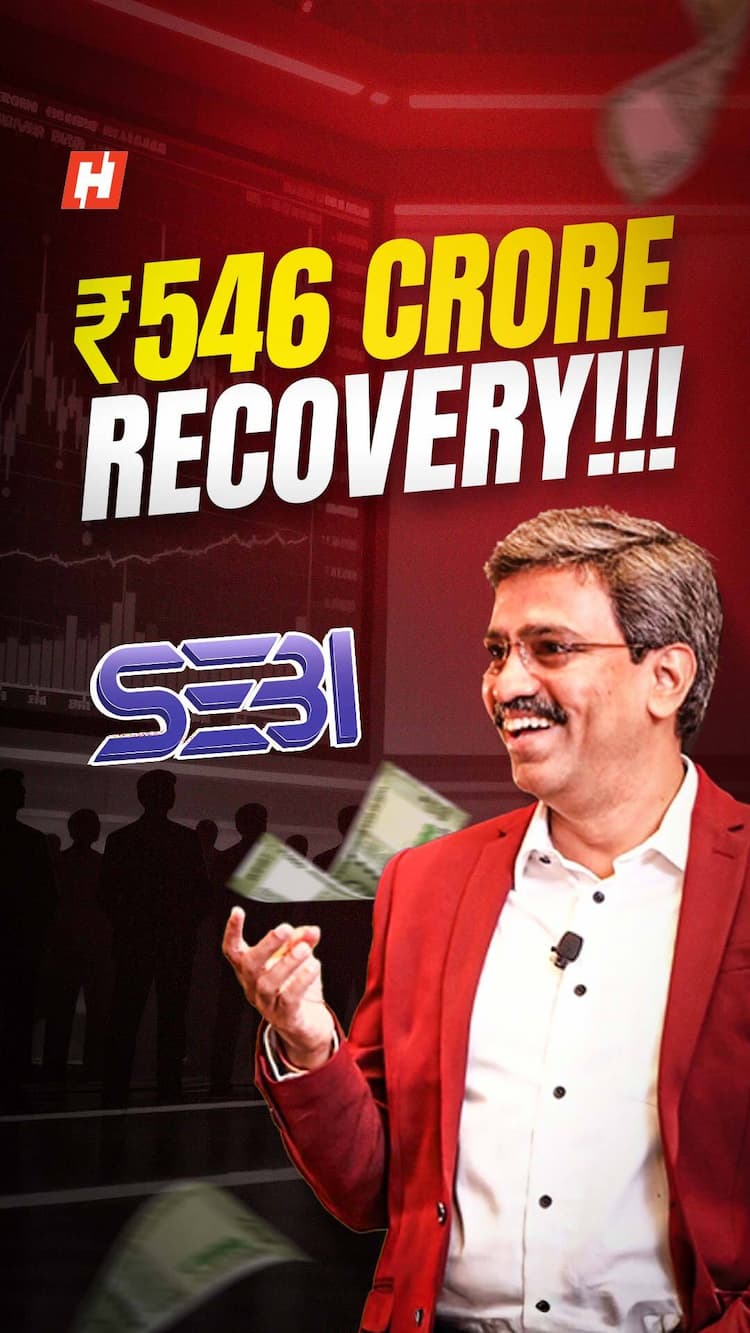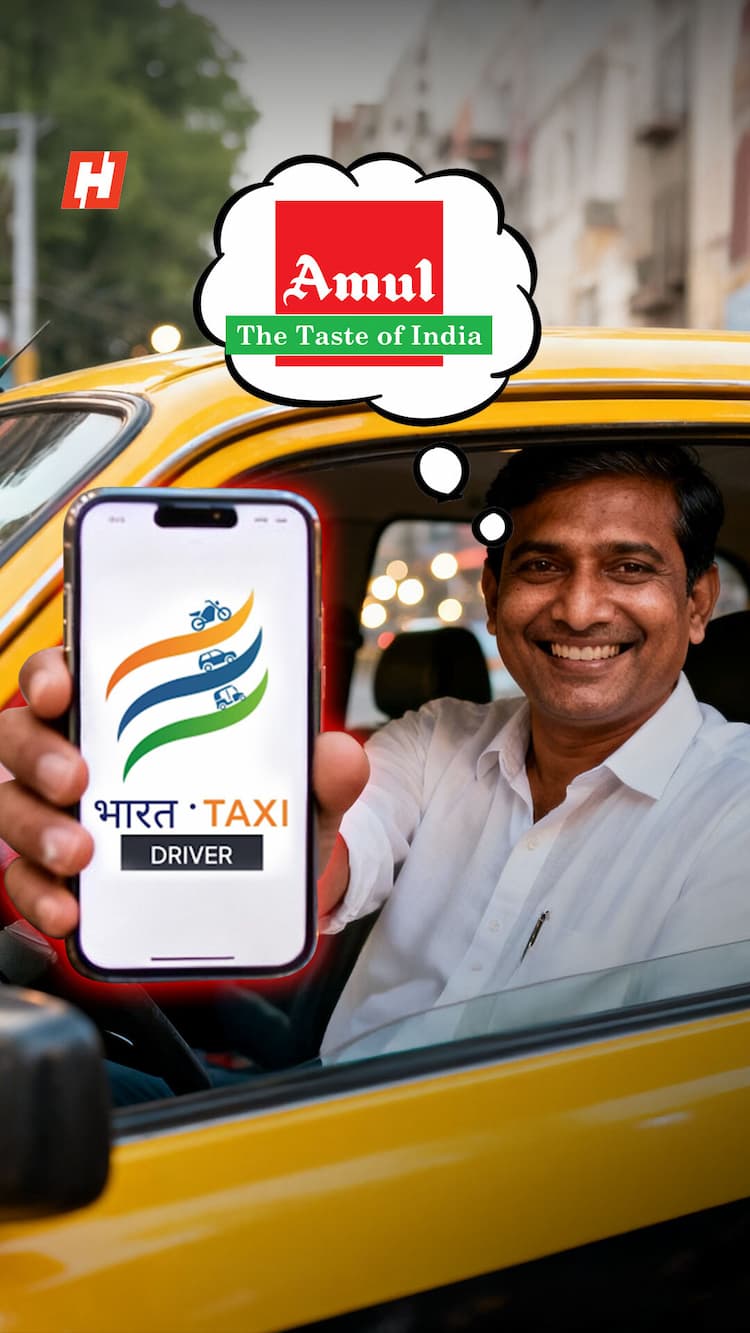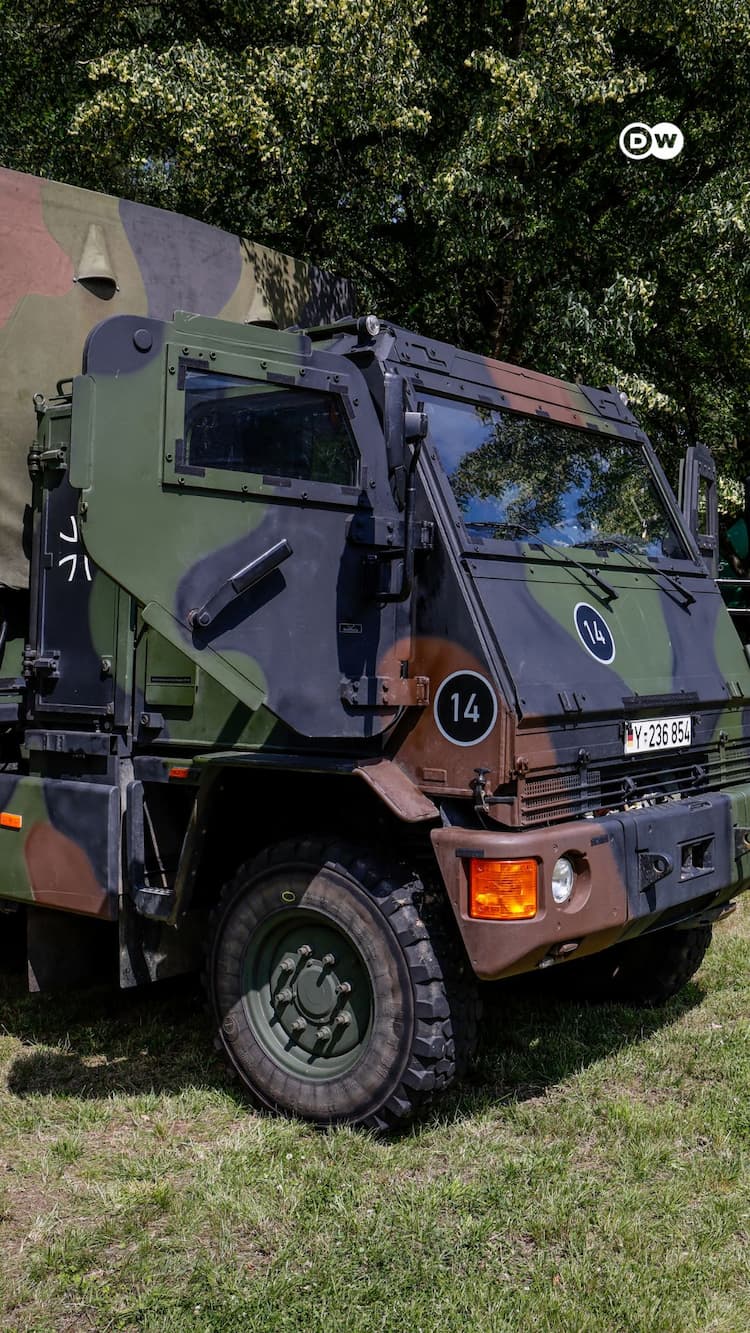India faces steep US tariffs amid trade deal uncertainty
U.S. President Donald Trump is back in the trade spotlight, and this time, India finds itself caught in the middle. While Trump claims a U.S.-India trade deal is “close to finalization,” insiders suggest it may be more of a mini-deal than a full-scale agreement. The broader pact, one that could shape long-term economic ties between the two countries, is still bogged down in negotiations.
BRICS Warning Shots
But Trump isn’t just talking deals—he’s issuing threats. On Monday, he warned that any country aligning with the BRICS bloc would face a 10% tariff hike, no exceptions. For India, a key BRICS member, that’s a not-so-subtle shot across the bow. It raises questions: Will strategic alliances now come at an economic cost?
Copper and Pharma in the Crosshairs
Then came the real shock. On Tuesday, Trump announced a 50% tariff on copper, and hinted that tariffs on pharmaceutical products could soar to 200%. That’s a major blow to India. The U.S. bought $360 million worth of Indian copper last year, and the pharma story is even bigger. India exported nearly $10 billion worth of drugs to the U.S.—almost 40% of its total pharma exports.
These tariffs, if implemented, could have massive ripple effects across Indian industries and the jobs they support.
Read more: Oxford-educated, now a food delivery rider: A warning sign
High Stakes for the India-U.S. Trade Deal
Now, all eyes are on what kind of trade deal—if any—emerges. Will it soften the blow of tariffs? Or will it be window dressing for a much harsher trade regime? One thing is clear: the fine print of this agreement could define India’s near-term export future.
In an era of geopolitical tightropes and economic retaliation, India’s trade diplomacy is facing one of its biggest tests yet.










